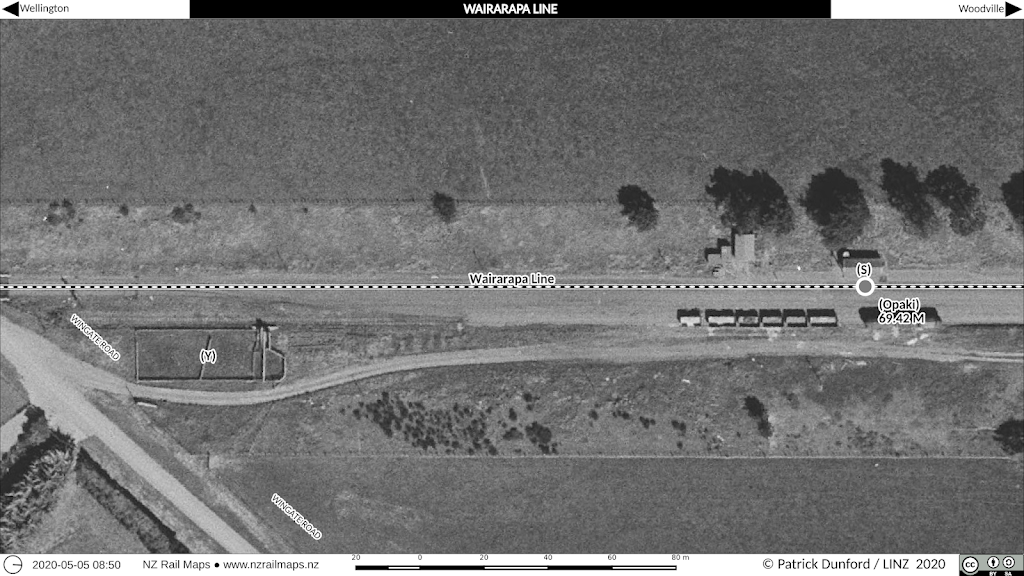As we have now managed to push through another 10 km of the Wairarapa line and have now reached the 101 km peg, some stats are in order.
Map production began on March 2 (about 2 months ago) and each date shows the section that was started (and in some cases completed) that day.
- 2020-03-02: 0 km (start) WL
- 2020-03-03: 2 km WL
- 2020-03-05: 2.5 km WL
- 2020-03-13: 10 km WL
- 2020-03-17: 15.5 km WL
- 2020-03-18: 23 km WL
- 2020-03-19: 24 km WL
- 2020-03-22: 27 km WL
- 2020-03-26: start RIS at Upper Hutt
- 2020-03-27: 33.5 km WL / near Mangaroa Station RIS
- 2020-04-02: start WHS at Petone & finish at Haywards
- 2020-04-05: start SSS at Haywards Junction & finish at Silverstream Station.
- 2020-04-08: Dry Creek bridge RIS (above Remutaka Tunnel south portal)
- 2020-04-09: just north of entrance to Remutaka Rail Trail RIS
- 2020-04-10: just south of entrance to Remutaka Rail Trail RIS
- 2020-04-30: 40 km WL / Summit Tunnel RIS
- 2020-05-01: 46 km WL / RIS concluded
- 2020-05-02: 57.5 km WL
- 2020-05-03: 58 km WL
- 2020-05-04: 85.5 km WL
- 2020-05-05: 88 km WL
Obviously we can see the problem with that schedule, and that is that with the amount of progress in the past week, it’s hard to see the volume being finished by the weekend, and maybe even another week is needed. And what is missed out here is a lot of loose ends, like the Gracefield Branch, Hutt Park Branch and Featherston Camp Siding, that have to be finished and produced as well. So maybe two weeks is more realistic, or closer to the middle of May. But we won’t rule out that it could actually be closer to the end of May.
For volume 2, we are going to streamline the production for North Auckland even though we are adding mosaics of every station in the Auckland Transport passenger service area. Those mosaics are about one-two week’s work, so the time to put them together is fairly substantial. It may well be the case that Volume 2 will take more than a month overall, but we are very keen to shorten the time that we spent on Volume 6, which will be achieved by reducing the production standard from “Intermediate” to “Basic+”.
Above: Opaki Station 1961. This closed to passengers 1969 and completely in 1972.



